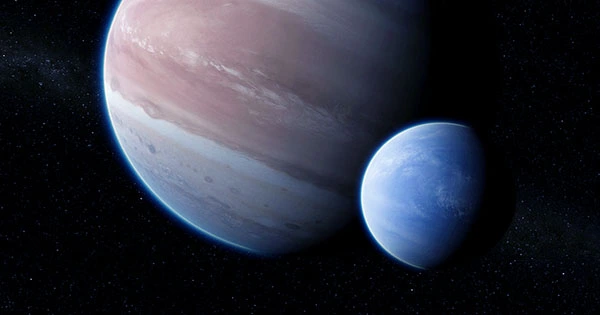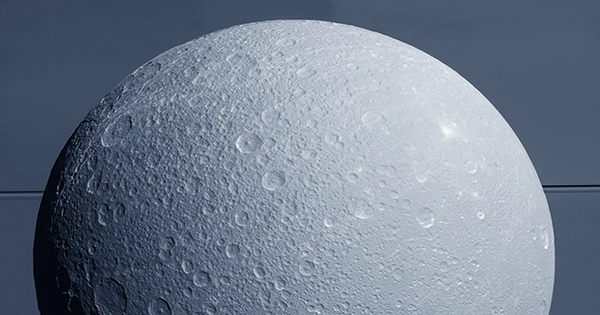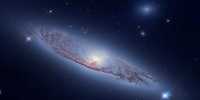Astronomers have long been interested by the icy shell that surrounds Saturn’s moon Enceladus. The Cassini-Huygens probe of NASA and the European Space Agency found evidence that the shell could be covering a large subterranean ocean of brackish water beneath it, which could potentially contain life. Cassini’s observations that Enceladus is emitting plumes of methane gas suggest that the moon’s subsurface oceans may be habitable to Earth-like microorganisms, according to a new study published in the journal Nature Astronomy last month by a team from the University of Arizona and Paris Sciences & Lettres University.
“We wondered if Earthlike bacteria that ‘consume’ dihydrogen and make methane could explain the surprisingly enormous amount of methane observed by Cassini.” In a statement, Regis Ferriere, an associate professor at the University of Arizona and one of the study’s principal authors, questioned. However, determining the correct answer is far from simple. “Finding such bacteria, known as methanogens, on Enceladus’ bottom would necessitate extraordinarily difficult deep-dive expeditions that would be decades away,” he added.

The scientists built mathematical models to examine if Cassini’s results might be explained by methanogenesis. Their conclusion: Cassini’s methane detection could be explained by microbial hydrothermal vent activity — or activities involving extraterrestrial microorganisms. Cold seawater descending into the ocean floor, where it is warmed up by local sources of heat such as magma, causes hydrothermal activity on Earth. This water is then ejected from vents in the ocean floor, dripping methane into the sea over time.
Microorganisms that use heat as a source of energy, converting carbon dioxide to methane, produce the majority of this methane. According to the researchers’ computer calculations, comparable conditions could exist on Enceladus. “In short, we could not only assess whether Cassini’s discoveries are consistent with a life-supporting environment, but we could also make quantitative predictions about what to expect if methanogenesis occurs on Enceladus’ seafloor,” Ferriere said in a release.
In instance, without biological sources of methane generation, Cassini’s measurements of methane could not be replicated using their models. To draw any firm conclusions, however, would be premature. Ferriere continued, “Obviously, we are not concluding that life exists in Enceladus’ ocean.” “Rather, we sought to know how plausible it was that Earthlike bacteria could live in Enceladus’ hydrothermal vents.” According to our simulations, the Cassini data indicates that this is very likely.”
We simply don’t have enough facts to base our decision on right now. “To put it another way, we can’t rule out the ‘life theory’ as exceedingly unlikely,” Ferriere added. “We’ll need more evidence from future missions to rule out the life theory.” Other abiotic mechanisms that could explain the methane findings were also not ruled out by the researchers. For example, huge amounts of methane could be released from the moon’s core as a result of the chemical breakdown of primordial organic materials. Despite Cassini’s huge legacy, it’s thrilling new research that shows how little we know about Saturn’s icy moons. Perhaps another mission will have a firsthand look at it one day.














